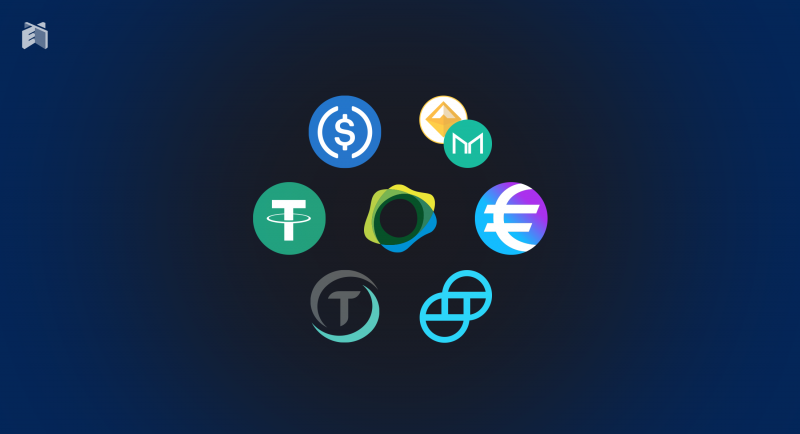A stablecoin is undoubtedly an important facet of the cryptocurrency sector. Moreover, these assets pegged to a stable asset—hence the name—come in a variety of forms. Specifically, Tether (USDT), USD Coin (USDC), and Binance USD (BUSD) have risen as some of the most popular options.
So, what makes these stablecoins different? What makes them similar? And what potential positive impact could they have on the market overall? Ultimately, the USDT, USDC, and BUSD coins present a host of similar and different facts. All while carrying the benefit of this type of token in general.
What is a Stablecoin?
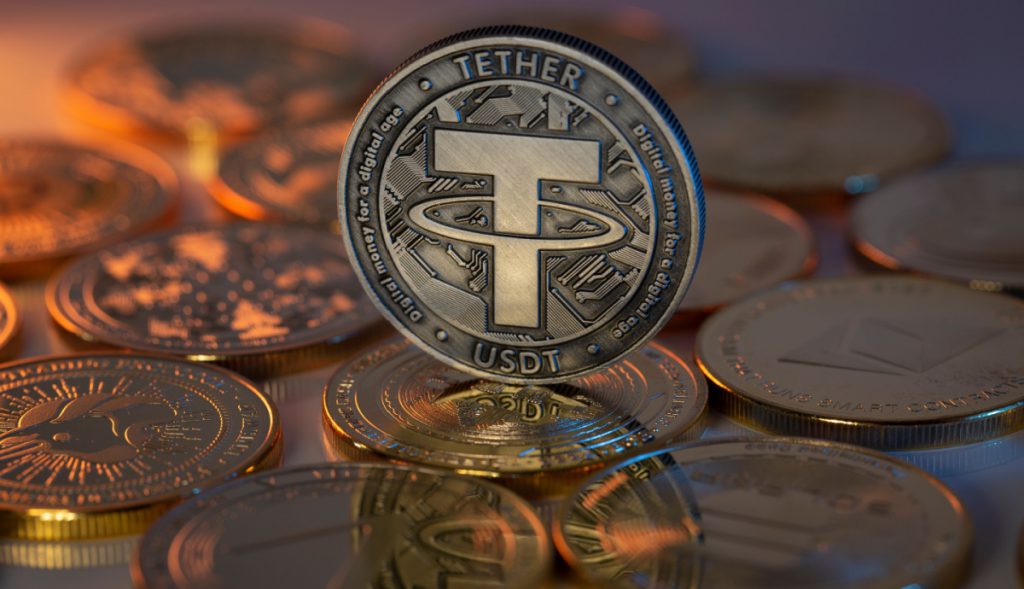

Before we discuss these specific options, let’s delve a little deeper into stablecoins. These digital assets are cryptos that maintain a value associated with a different asset class. Such as gold, or fiat currencies. Subsequently, this connection maintains the stability of the price.
One of the clear benefits of stablecoins is the lack of volatility that seems to be present in different cryptocurrencies. The Harvard Business Review wrote that stablecoins are “non-interest bearing coins designed to have stable value against a reference currency, say $1.”
Digital assets themselves are immensely popular because they are decentralized, but it is that aspect that makes them rather volatile. Alternatively, stablecoins target that inherent flaw through their attachment to stable assets such as fiat currencies.
Ultimately, the fiat-backed nature and integration of blockchain technology add increased security to transactions. Moreover, these transactions are notably quick, with low fees and a far more transparent process.
What is USDT?
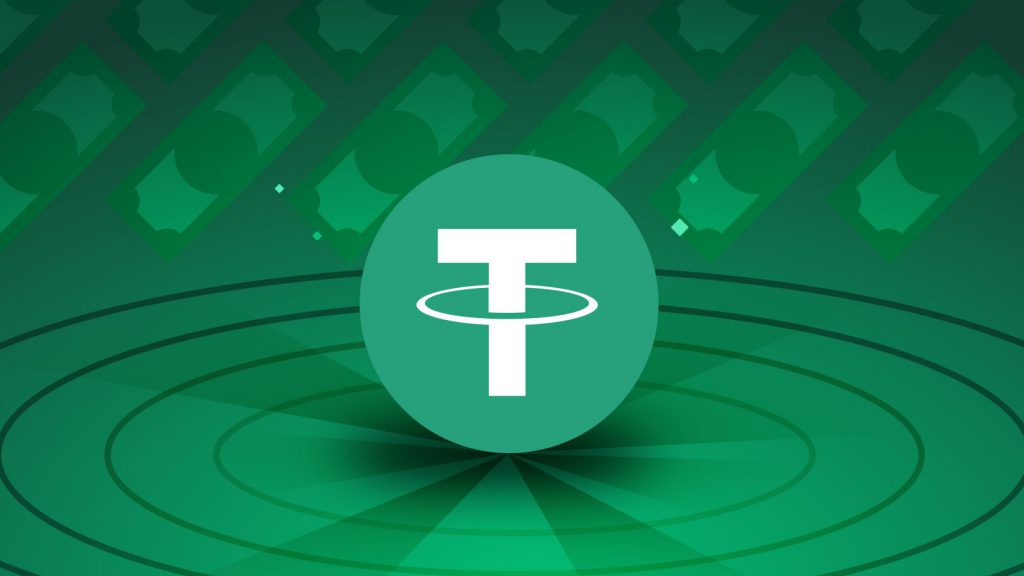

The first stablecoin that we will be discussing is USDT or the previously mentioned Tether. Moreover, it remains one of the most popular, maintaining a market cap of over $80 billion. The stablecoin is issued by iFinex, which owns the BitFinex cryptocurrency exchange.
The stablecoin is pegged to the US dollar at 1:1, with each individual USDT pegged directly to the fiat currency. Additionally, USDT can be spent or transferred in a similar way to any other fiat currency.
USDT has faced some questions regarding its reserve management and decentralization efforts, but they are still widely accepted. Additionally, it remains the first of its kind and confronts a host of blockchain challenges that hinder the industry.
Amid the growing desire for transparency in the industry, the company behind Tether has been better at disclosing cash reserves. Thus, increasing faith in the stablecoins. Monthly transparency reports have indicated a shift in the previous concerns and should continue to develop confidence in the asset.
What is USDC?
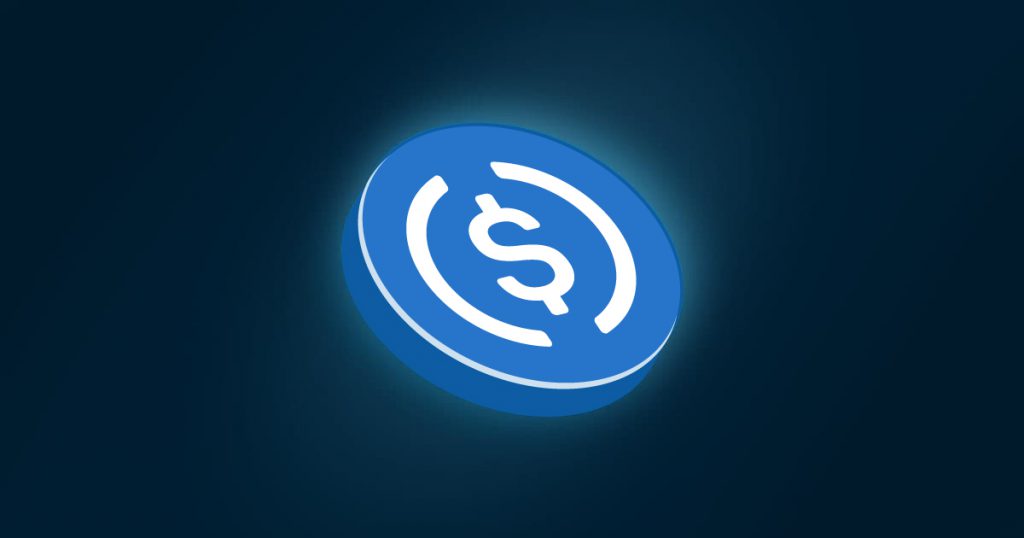

Alternatively, the USDC token is a stablecoin that is also pegged to the US dollar and was leveled to decrease volatility in the industry. Moreover, this was attempted at much quicker transfer speeds.
USDC was created by Circle Internet Financial and is connected to the Ethereum blockchain. Subsequently, the network has remained among the most important and prevalent in the industry. As such, USDC is able to be stored in any crypto wallet or transferred through that specific blockchain.
USDC is quite different from USDT, however, in its transparency. Specifically, Circle is abundantly transparent, while the token is fully collateralized. The company is open about its ecosystem and reserves, while USDC tokens are able to be redeemed for USD on a 1:1 basis.
The use of audits and partnerships with regulated financial institutions allows full transparency regarding USDC. Subsequently, providing a trusted option for stablecoins, let alone digital assets in general.
This tends to separate USDC and USDT in the eyes of some, as Circle has embraced more security in its asset reserve management. Conversely, despite its more than $40 billion in circulation and wide-ranging support, the USD maintains a more than $30 million market cap.
What is BUSD?
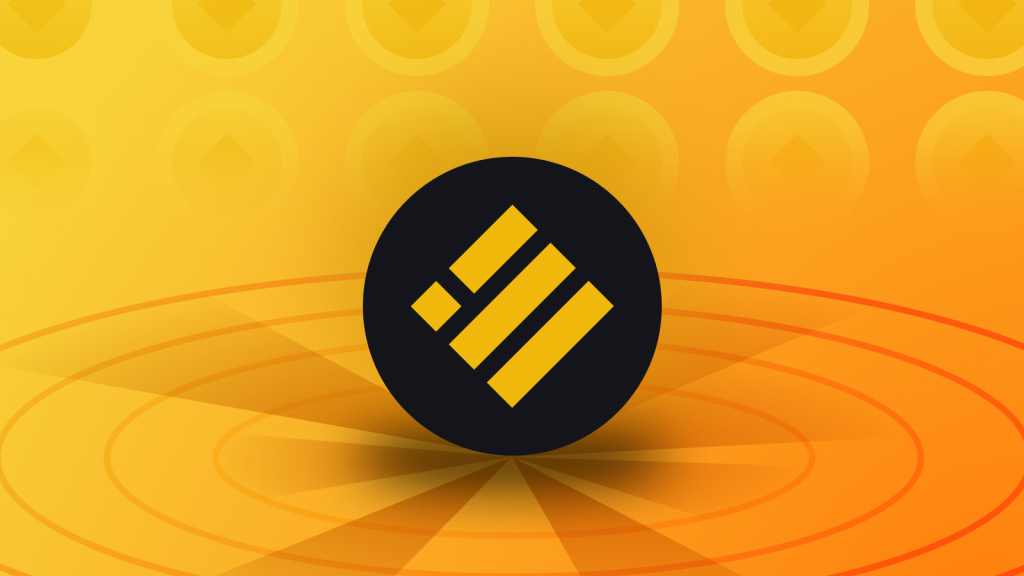

Alternatively, Binance has created the BUSD token for the stablecoin market. Additionally, a similarity with the two previous stablecoins is that it is also backed by the US dollar, and can be redeemed 1:1. Moreover, it was developed to facilitate faster transactions for digital asset users.
BUSD is currently on both Ethereum and the BNB chain. Subsequently, there is greater flexibility offered in BUSD because it allows holders to exchange inter-blockchain. Additionally, there has been an effort to expand BUSD in various arenas. Specifically, various exchanges have embraced the stablecoin, as have different wallets.
Alternatively, what makes the BUSD coin a step ahead of the rest already is its connection with the company behind it. Binance, the largest cryptocurrency exchange by trading volume, is a trusted name in the industry. As such, there is a certain benefit that the token maintains from that connection.
The Similarities of USDT, USDC, and BUSD
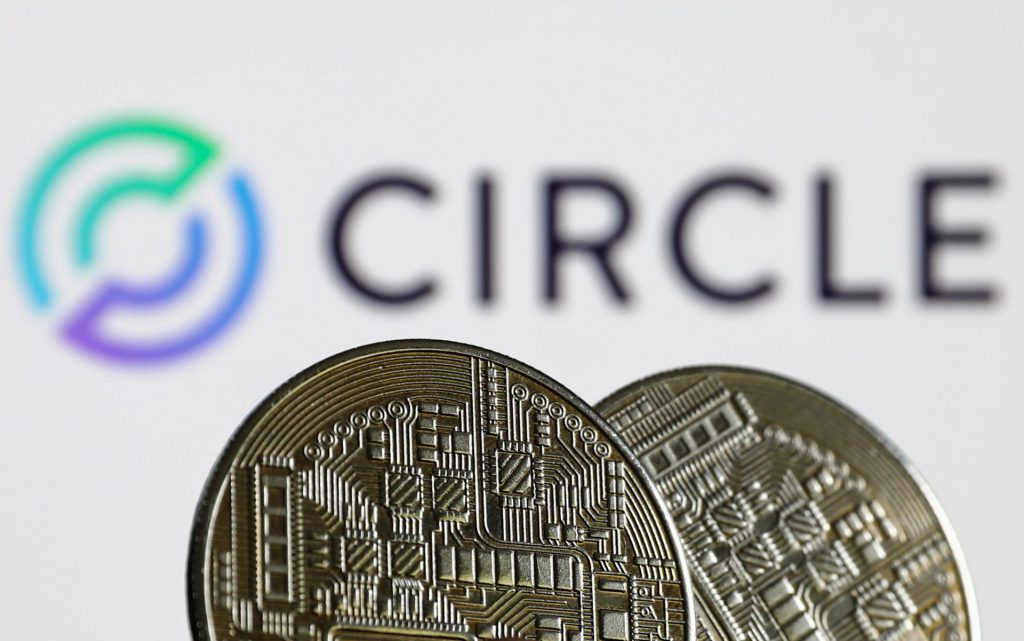

Although these three stablecoins are issued by different entities, they have a host of similarities. Among those, is the fact that they are all backed by the US dollar. It isn’t surprising, considering the overall dominance of the dollar internationally. Moreover, they are widely accepted on prominent cryptocurrency exchanges and in various wallets.
These stablecoins can all be redeemed for fiat currency on a 1:1 basis, adding to their similarity. Additionally, the efforts in transparency offer a similarity among the stablecoins. Although, this does seem to be a byproduct of the industry, more so than a quality that differentiates these issuers.
Conclusively, all three are available on Ethereum, which remains among the most popular blockchains in the industry. Conversely, efforts seem to be being made toward these assets becoming multichain.
Differences Between USDT, USDC, and BUSD
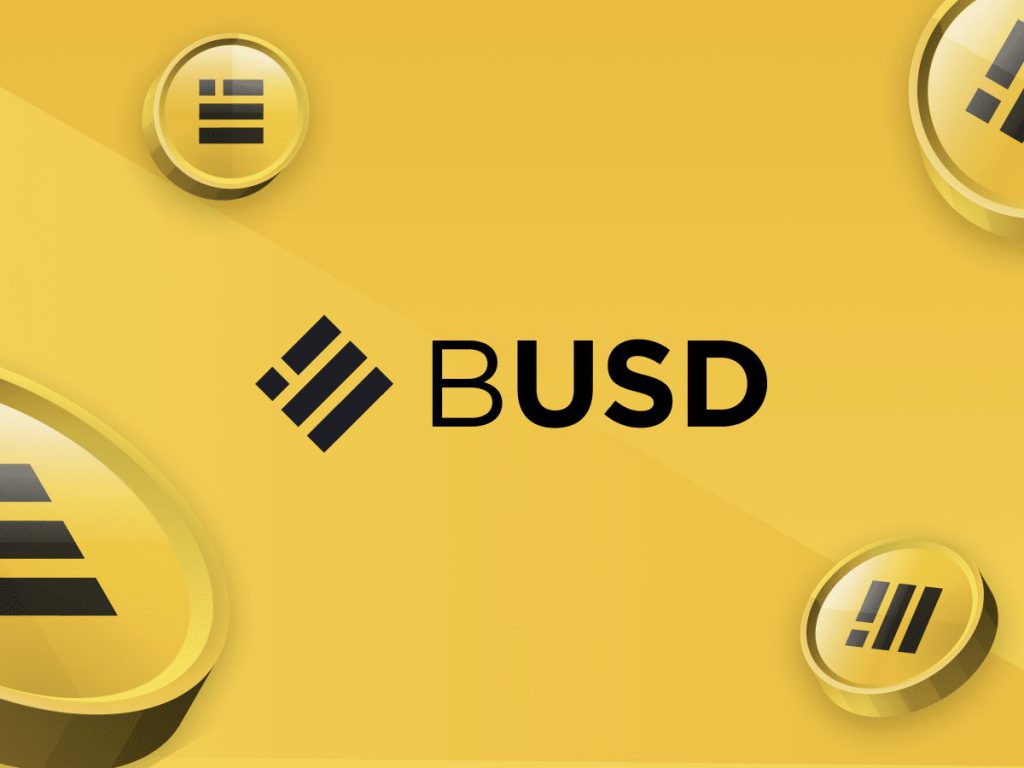

Although these stablecoins are very similar, there are also things that make them very different. Specifically, BUSD differs in the blockchains available to it. Where USDC and USDT cover networks like Solana, Algorand, and Avalanche, BUSD is only on Ethereum and the BNB chain. Subsequently, a main benefit of more chains is a quicker transaction time.
Alternatively, the various values and stability of the coins also set them apart. Specifically, USDT has at times dipped below the $1.00 mark. Thus leading many to believe that the reserves may be in question. However, the value has also risen above the $1.000 mark, articulating a certain volatility that could be present versus other stablecoins.
Conclusively, the choice of stablecoin use is a completely personal preference. Moreover, the decision should rely on factors like your wallet use and preferred crypto exchange. Additionally, your comfort level with every issuer should inform individuals of their preferred stablecoin.





